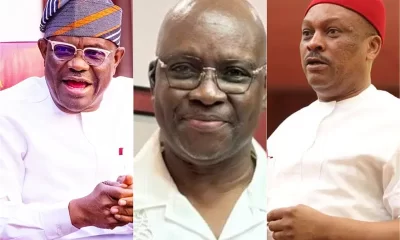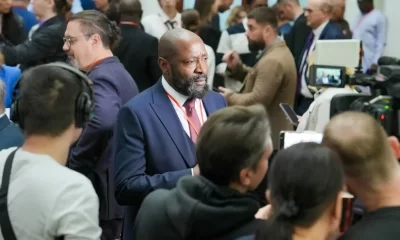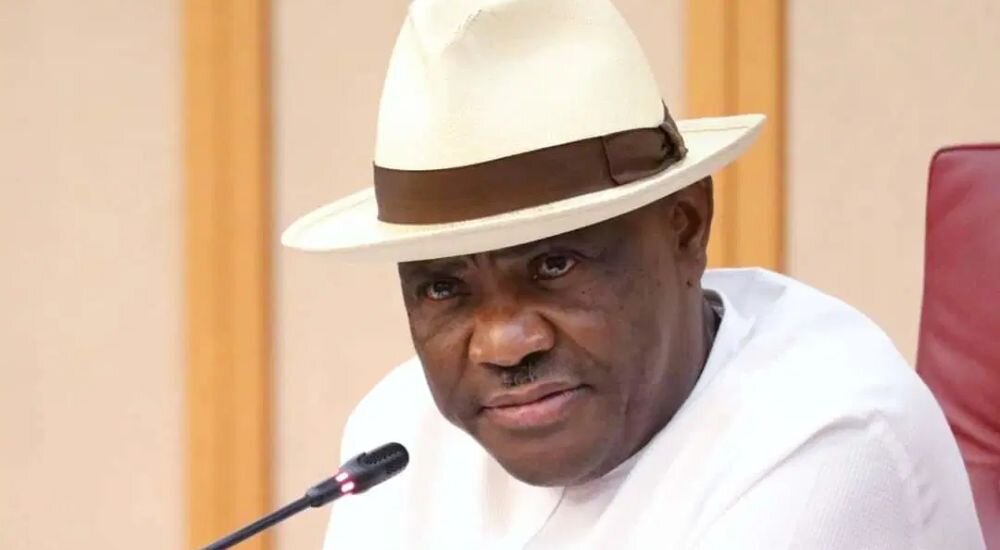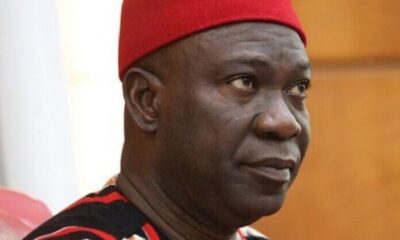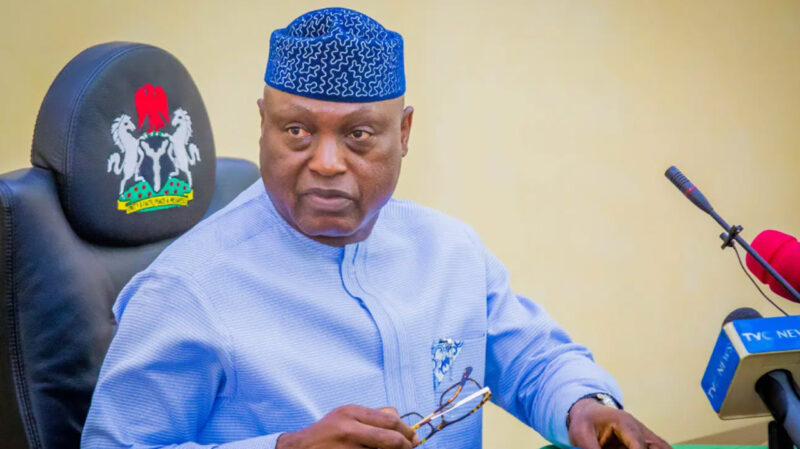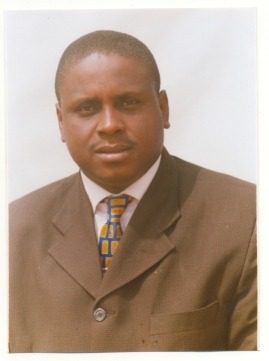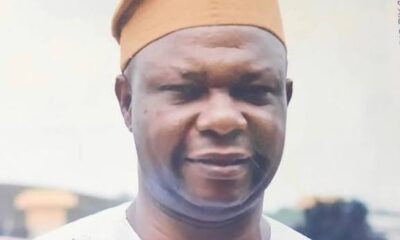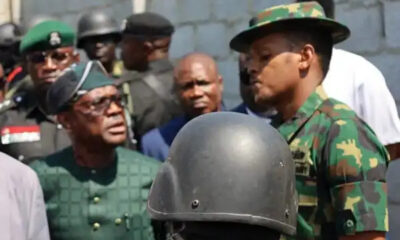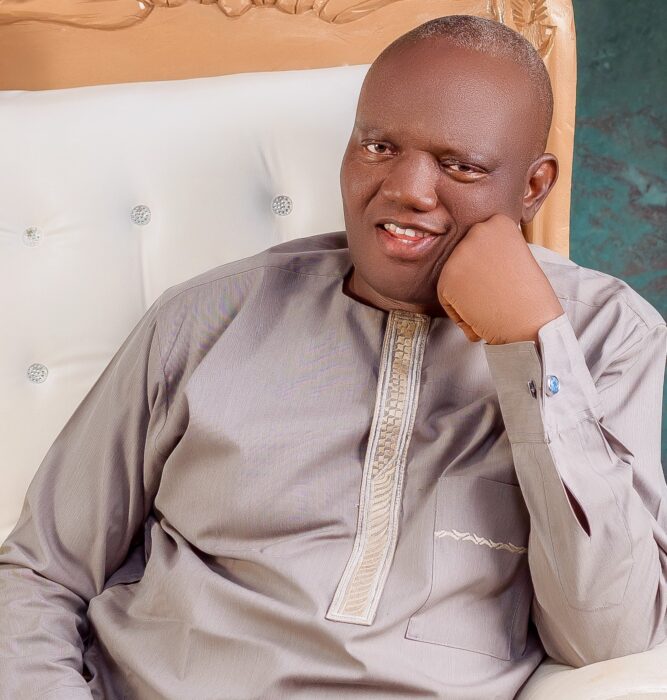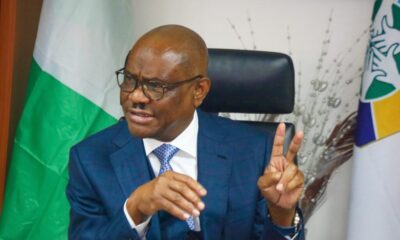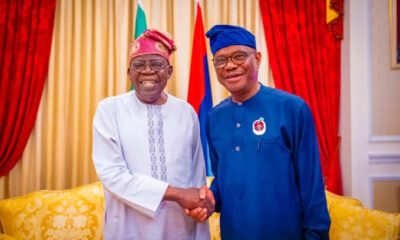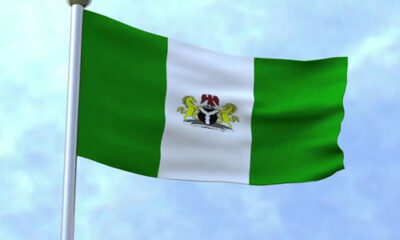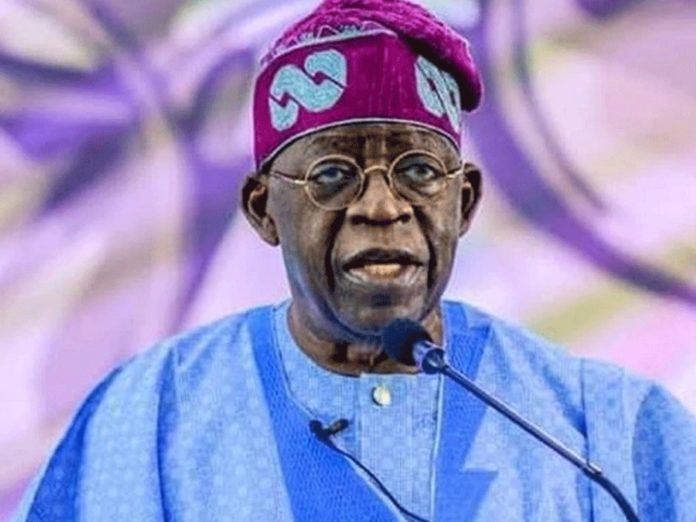National Issues
Distributed Energy Systems; Mini Grids, Solar Home Systems, and Africa’s Energy Problems -By Kator Ifyalem
Distributed energy won’t replace central grids but will complement them, creating a hybrid model tailored to Africa’s diversity. With $18 billion in DER investment opportunities projected for Nigeria alone, the momentum is undeniable. For millions waiting in the dark, the lights may finally flicker on, perhaps also provide relief from the disturbing sounds of diesel generators day and night.

Despite holding 60% of the world’s best solar resources, over 600 million people, out of the 1.54billion lack access to electricity. This is about 80% of the global electricity access gap. Will distributed energy systems; mini grids and solar home system, provide a fast solution to Africa’s energy problems?
In Nigeria alone, over 85 million people live without power, relying on expensive and not so environmentally friendly alternatives like diesel generators and kerosene lamps. The IMF estimates this energy deficit costs Nigeria’s economy $29 billion annually. Across sub-Saharan Africa, electrification rates lag at 48%, with rural areas hardest hit.
Why Distributed Systems? Mini-grids and solar home systems (SHS) bypass grid constraints, to deliver power in months, not years. Nigeria’s 10-year roadmap targets over 20 GW of distributed energy resources (DERs), including solar PV and batteries, to close its supply gap. The World Bank’s $750 million DARES program aims to accelerate this transition, targeting millions of connections through off-grid solutions. Last month, the Nigerian government also announced 10billion naira solar project for the presidential villa.
Effects on Economy and Environment
Cost Savings – Customers using DERs are able to cut down energy costs by 25% by ditching diesel.
Emission Cuts – Nigeria’s DER expansion could reduce CO₂ by 33 million tons annually – equivalent to 8% of its 2022 emissions.
Job Creation – Solar mini-grids alone are claimed to have the capacity to create 1.5 million jobs in Africa by 2030.
Policy Momentum: Nigeria’s electricity regulator, NERC, now mandates DisCos to source 10% of their power from embedded generation (like mini-grids), with half from renewables. Tariff reforms, such as Band A’s ₦225/kWh rate, aim to attract private investment. Meanwhile, partnerships like RMI and GEAPP’s $14 billion DER roadmap signal confidence in decentralized models.
Challenges to Scale: Despite progress, hurdles remain in scaling renewable energy in Africa. High debt costs with interest rates for renewable projects often exceeding 15% deter developers, while a shortage of skilled technicians slows deployment, and balancing distributed energy resources with aging central grids requires smart management for successful integration.
Projects to watch include Nigeria’s utility-enabled DER rollout and South Africa’s hybrid mini-grid expansions. Energy storage is also booming, with African installations that grew tenfold in 2024. Innovations like pay-as-you-go SHS and AI-driven grid management could further accelerate adoption.
A Human-Centric Approach: In Nigeria’s off-grid communities, DERs are transforming lives. Solar-powered clinics, schools, and farms are becoming real, proving that energy access is the foundation for broader development. As Olugbenga Ajala of Ashipa Electric notes, distributed systems offer “energy security in remote communities”.
The Road Ahead: Distributed energy won’t replace central grids but will complement them, creating a hybrid model tailored to Africa’s diversity. With $18 billion in DER investment opportunities projected for Nigeria alone, the momentum is undeniable. For millions waiting in the dark, the lights may finally flicker on, perhaps also provide relief from the disturbing sounds of diesel generators day and night.

